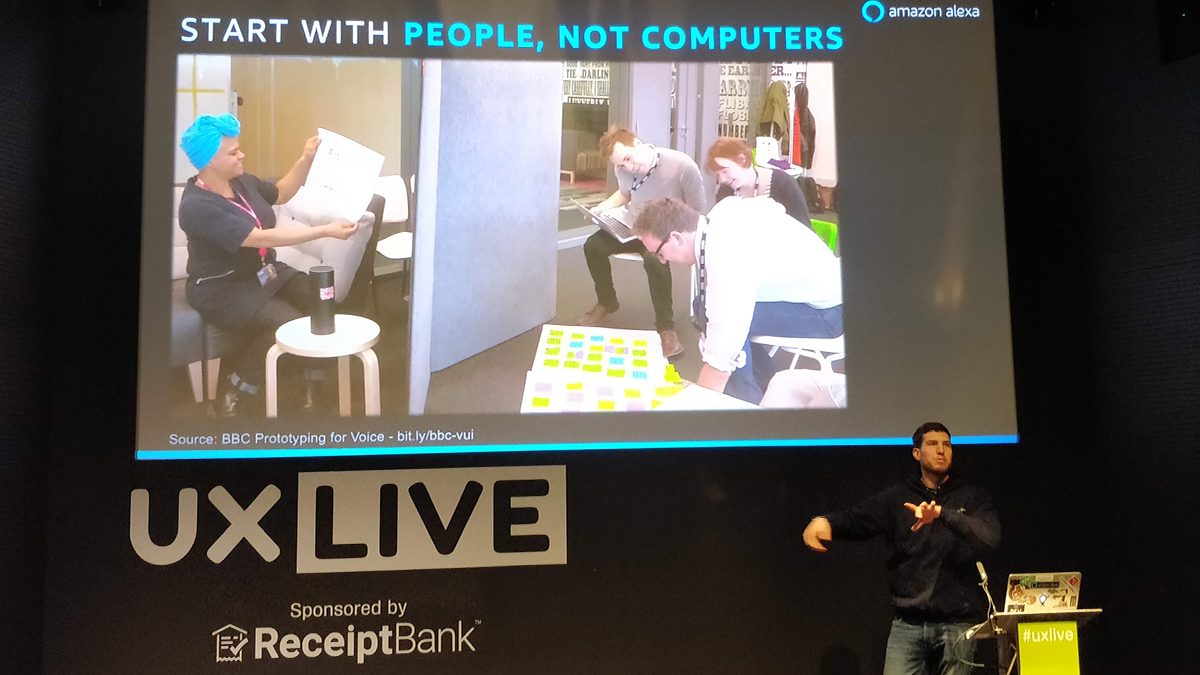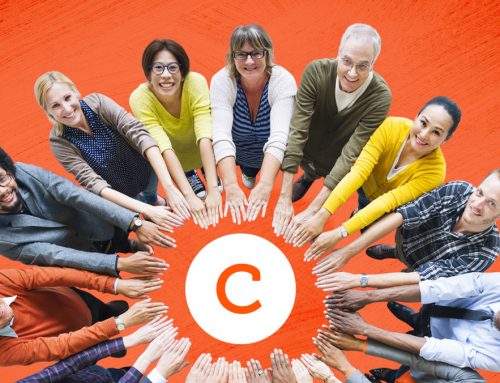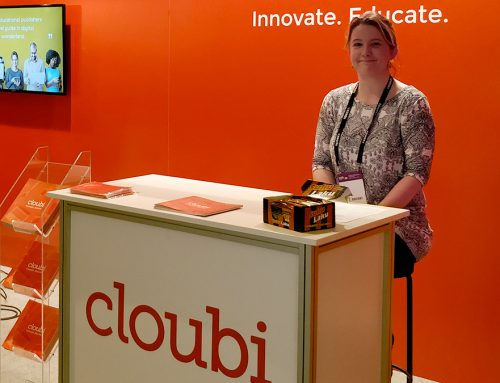
I visited the UX LIVE conference and networking event in the end of November in London. Everyone I talked to was incredibly engaged in what they are doing. They really believe that they can change the world.
The diverse workshops, talks and panels provided plenty of food for thought. I got a huge amount of insights into the latest UX methods and tools adopted by the industry’s best practitioners.
It was many times pointed out, that UX has become an essential element in an already wide skill-set required by designers and developers. What popped out the most was the emphasis on user research and empathy.
All design decisions should be based on research: qualitative and quantitative. And all research should be carried out having the user in mind. Like Stephen Gates from InVision put it “You can’t really design for people if you haven’t walked in their shoes”. So don’t just imagine and guess who your users are and what it might be like to be them, engage with them and try being them. Get first hand knowledge of their preferences, feelings and problems. Dr. Nick Fine from Greater London Authority said that UX tools, like personas, should include valid insight rather than fictional garbage.
When I see a problem I try to understand the core needs behind the problem. I don’t want to guess – I want to do research: interviews, questionnaires, heuristic evaluations, usability tests. And I need to truly listen to the users. All teams need to engage and learn more about our user in order to deliver better design, better products and a better experience.

Stephen Gates nailed it by saying that design should be about solving problems, not vetting for solutions. People tend to run to solutions because it gives them a high, but usually the first is the worst. This is why everything should start with a human approach, not coding and computers. Observe and learn before you design.
The main takeaway is that we will achieve our aims (and business goals) by meeting the true needs of our users.
“Technology Should Serve Humanity, Not the Other Way Around” – Tim Cook





